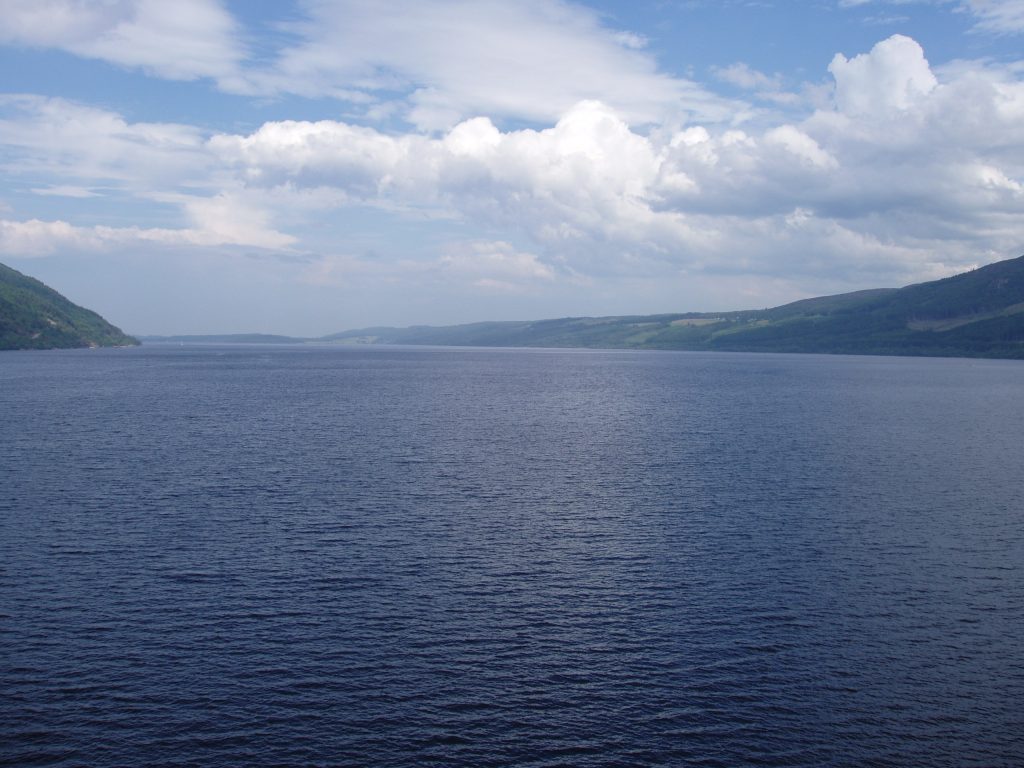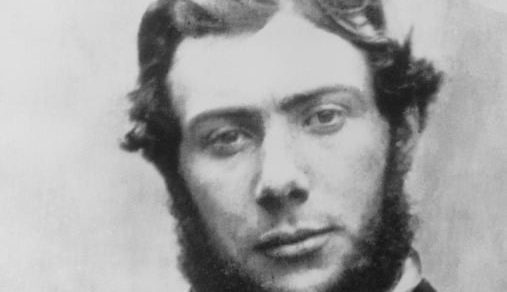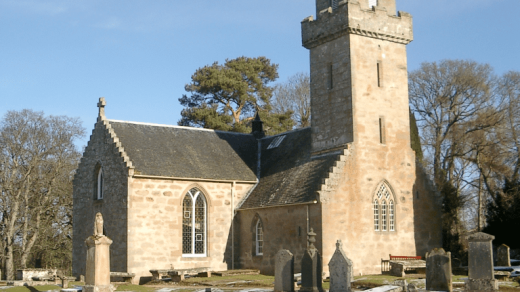Loch Ness (/ˌlɒx ˈnɛs/; Scottish Gaelic: Loch Nis [l̪ˠɔx ˈniʃ]) is a large freshwater loch in the Scottish Highlands extending for approximately 37 kilometres (23 miles) southwest of Inverness. It takes its name from the River Ness, which flows from the northern end. Loch Ness is best known for alleged sightings of the cryptozoological Loch Ness Monster, also known affectionately as “Nessie” (Scottish Gaelic: Niseag). It is one of a series of interconnected, murky bodies of water in Scotland; its water visibility is exceptionally low due to a high peat content in the surrounding soil. The southern end connects to Loch Oich by the River Oich and a section of the Caledonian Canal. The northern end connects to Loch Dochfour via the River Ness, which then ultimately leads to the North Sea via the Moray Firth.

Loch Ness is the second-largest Scottish loch by surface area after Loch Lomond at 56 km2 (22 sq mi), but due to its great depth it is the largest by volume in the British Isles. Its deepest point is 230 metres (126 fathoms; 755 feet), making it the second deepest loch in Scotland after Loch Morar. It contains more water than all the lakes in England and Wales combined, and is the largest body of water in the Great Glen, which runs from Inverness in the north to Fort William in the south. Its surface is 16 metres (52 feet) above sea level. It contains a single, artificial island named Cherry Island (Scottish Gaelic: Eilean Muireach) at the southwestern end. There are nine villages around the loch, as well as Urquhart Castle; the village of Drumnadrochit contains a “Loch Ness Centre and Exhibition”.
Map of Loch Ness

Loch Ness is an elongated freshwater loch in the Scottish Highlands southwest of Inverness, extending for approximately 37 kilometres (23 miles) and flowing from southwest to northeast. At 56 km2 (22 sq mi), it is the second-largest Scottish loch by surface area after Loch Lomond, but due to its great depth it is the largest by volume in the British Isles. Its deepest point is 230 metres (126 fathoms; 755 feet), making it the second deepest loch in Scotland after Loch Morar. A 2016 survey claimed to have discovered a crevice extending to a depth of 271 m (889 ft), but further research determined this to be a sonar anomaly. Its surface is 16 metres (52 feet) above sea level. It contains more water than all the lakes in England and Wales combined, and is the largest body of water in the Great Glen, which runs from Inverness in the north to Fort William in the south. Loch Ness lies along the Great Glen Fault, which forms a line of weakness in the rocks which has been excavated by glacial erosion, forming the Great Glen and the basins of Loch Lochy, Loch Oich and Loch Ness.
Loch Ness has one small island, Cherry Island (Scottish Gaelic: Eilean Muireach, meaning Murdoch’s Island), at the southwestern end of the loch. It is an artificial island, known as a crannog, and was likely constructed during the Iron Age. The island was originally 160 feet (49 m) by 168 feet (51 m) across, but is now smaller as the water level was raised during the construction of the Caledonian Canal in the early nineteenth century. There was formerly a second, natural island nearby named Dog Island (Scottish Gaelic: Eilean Nan Con), but it was submerged when the water level rose. A castle stood on Cherry Island during the 15th century; this was constructed of stone and oak wood and was likely used as a fortified refuge. It has been suggested that Eilean Muireach may have been a hunting lodge, with Eilean Nan Con the home for the hunting dogs.
The loch is one of a series of interconnected, murky bodies of water in Scotland; its water visibility is exceptionally low due to a high peat content in the surrounding soil. The southern end is fed by the River Oich, which runs from Loch Oich. The northern end flows out through the Bona Narrows into Loch Dochfour; the Bathymetrical survey of the Scottish fresh-water lochs considered Loch Dochfour to be distinct from Loch Ness proper, but capable of being regarded as forming part of Loch Ness. Dochgarroch weir at the downstream end of Loch Dochfour delineates the start of the River Ness, which connects to the nearby and ultimately leads through Inverness to the North Sea via the Moray Firth. Loch Ness forms part of the Caledonian Canal, which comprises 60 miles (100 kilometres) of waterways connecting the east coast of Scotland at Inverness with the west coast at Corpachthe near Fort William. Only one-third of the entire length is man-made, the rest being formed by Loch Dochfour, Loch Ness, Loch Oich, and Loch Lochy, with the man-made canals running parallel with rivers such as the River Oich.
Villages and places.
Places on Loch Ness
| Shore | Places |
| Northern | • Lochend |
| Western | • Abriachan • Drumnadrochit • Urquhart Castle • Invermoriston |
| Eastern | • Dores • Inverfarigaig • Foyers • Whitebridge |
| Southern | • Fort Augustus |
At Drumnadrochit is the “Loch Ness Centre and Exhibition” which examines the natural history and legend of Loch Ness. Boat cruises operate from various locations on the loch shore, giving visitors the chance to look for the “monster”.
Urquhart Castle is located on the western shore, 2 kilometres (1
+
1⁄4 miles) east of Drumnadrochit.
Lighthouses are located at the northern and southern ends at Lochend (Bona Lighthouse) and Fort Augustus. There is an RNLI lifeboat station on the northern shore near Drumnadrochit, which has been operational since 2008 and was the first non-coastal RNLI station. It is staffed by a volunteer crew and equipped with an inshore lifeboat (ILB).

Etymology.
Loch Ness takes its name from the River Ness which flows from the loch’s northern end. The river’s name probably derives from an old Celtic word meaning “roaring one”. William Mackay in his 1893 book Urquhart and Glenmoriston: Olden times in a highland parish recounts two Scottish legends that have been reported as the source of the name. In the first, a spring in a valley had been enchanted by Daly the Druid for purity, with the admonition that the well opening must be covered by a stone whenever not in use, or else “desolation will overtake the land”. One day a woman left the well uncovered when rushing to save her baby from a fire, and it overflowed and filled the vale, forming the loch. The inhabitants cried out “Tha loch ‘nis ann, tha loch ‘nis ann!” (“There’s a loch now, there’s a loch now!”), and so it was named “Loch Nis”. A second legend, named “The Tales of the Sons of Uisneach” by Mackay and now considered part of the Ulster Cycle of Irish mythology, recounts the Irish woman Deirdre or Dearduil, “the most beautiful woman of her age”, who was courted by the king of Ulster, Conachar MacNessa; she fell in love instead with his cousin Noais, son of Uisneach. They fled to Scotland and were married on the banks of the loch, but Noais was slain by MacNessa, and the Loch Naois, River Naois, and Iverness were named after him. Mackay claims that while these legends are not the “true” origin of the name, that many places in the district have names associated with “The Tales of the Sons of Uisneach”, and that the same tales have Conachar MacNessa’s mother as the river goddess Ness. He argued instead that the etymology of the Celtic “Ness” derived from earlier words for “river”.
Loch Ness Monster.

Main article: Loch Ness Monster
Loch Ness is known as the home of the Loch Ness Monster (also known as “Nessie”), a cryptid, reputedly a large unknown animal. It is similar to other supposed lake monsters in Scotland and elsewhere, though its description varies from one account to the next. Popular interest and belief in the animal’s existence have varied since it was first brought to the world’s attention in 1933.




A delightful read! I particularly liked the etymology.
awe thanks for all your kind visits Susan x
So much beauty!
thanks a lot friend..
I enjoy learning about Scotland through your posts. I hope to visit someday.
awe thank you sweet, Scotland is Beautiful x